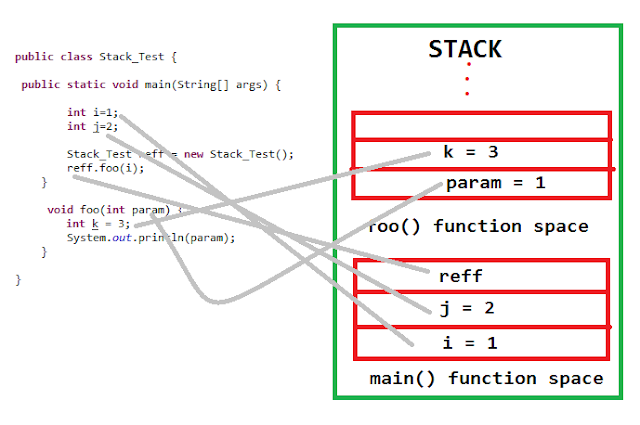What is java ? and what is java used for? and its history.
What is Java
Java is a general-purpose, concurrent,
object-oriented, class-based, and the runtime environment(JRE) which consists
of JVM which is the cornerstone of the Java platform. This
blog on What is Java will clear all your doubts about why to
learn java, features and how it works.
Java is a programming
language and computing platform first released by Sun Microsystems in 1995.
It is an object-oriented language similar to C++, but with
advanced and simplified features. Java is free to access and can run on all platforms.
Java
is a write-once, run-anywhere (WORA) programming language
For example, you can write and compile a Java
program on UNIX and run it on Microsoft Windows, Macintosh, or UNIX machine
without any modifications to the source code. WORA is
achieved by compiling a Java program into an intermediate language called bytecode. The
format of bytecode is platform-independent.
A virtual machine, called the java virtual machine(JVM) , is used to run the bytecode on each platform.
Java
with a lot of technologies like Spring, node js, Android, Hadoop, J2EE, etc… to
build robust, scalable, portable and distributed full-fledged applications.
Java also promotes continuous integration and testing using tools like
Selenium.
History of Java
Java was originally developed by James Gosling at Sun
Microsystems (which has since been acquired by Oracle Corporation) and
released in 1995 as a core component of Sun Microsystems’ Java platform. The
language derives much of its syntax from C and C++, but it has fewer low-level
facilities than either of them.
Oracle Corporation is the current owner of the official implementation of the
Java SE platform, following their acquisition of Sun Microsystems on January
27, 2010. This implementation is based on the original implementation of Java
by Sun. The Oracle implementation is available for Microsoft Windows, Mac OS X,
Linux and Solaris.
The Oracle implementation is packaged into two different
distributions:
- Java Runtime Environment (JRE) which contains the parts of the Java SE platform
required to run Java programs and is intended for end users.
- Java Development Kit (JDK) which is intended for software developers and
includes development tools such as the Java compiler, Javadoc, Jar, and a
debugger.
What is java used for?
- Banking: To deal with transaction management.
- Retail: Billing applications that you see in a
store/restaurant are completely written in Java.
- Information Technology: Java is designed to solve implementation
dependencies.
- Android: Applications are either written in Java or use Java
API.
- Financial services: It is used in server-side applications.
- Stock market: To write algorithms as to which company they should
invest in.
- Big Data: Hadoop MapReduce framework is written using Java.
- Scientific and Research Community: To deal with huge amount of data.
- Platform independent language
- Rich standard library making it easy to code. You can
create a whole stand-alone application using Java.
- Java supports automatic memory allocation and
deallocation (called garbage collection).
- It offers great performance as Java supports
multithreading and concurrency, thus making it a highly interactive and
responsive language.
- Secure and simple
- Platform independent - Java is a general-purpose language
with a wide range of applications. It's used for developing mobile and
desktop applications, big data processing, embedded systems, and so on.e can write Java code in one platform (operating
system) and run on another platform without any modification.
- Object-oriented - Java is an object-oriented language. This helps
to make our Java code more flexible and reusable.
- Speed - Well optimized Java code is nearly as fast as
lower-level languages like C++ and much faster than Python, PHP, etc.



Comments
Post a Comment